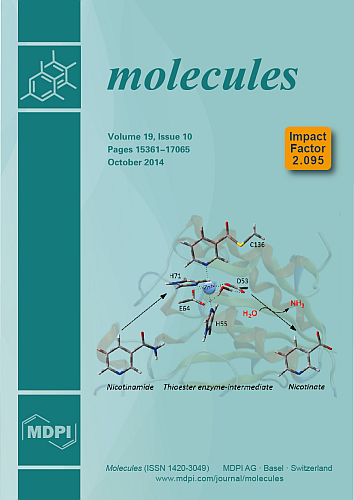MENUMENU

Research > Scientific Contributions
Giorgi A., Madeo M., Baumgartner J., Lozzia G.C.
Honey is rich in different secondary plant metabolites acting as natural antioxidants and contributing to human health. Radical scavenging activity (RSA) is related to antioxidant activity, while the correlation between the phenolic content and RSA is often weak. Consequently, exclusive information on phenolics is often insufficient to qualify the RSA and the health promoting effects of honey. The paper deals with a case study of honey samples originating from the alpine areas of Italy’s Lombardia and Veneto regions and realized by standard physicochemical and statistical analytical methods. In pure honey, the total phenolic content and the RSA were measured in spectrophotometric tests with the 2,2-diphenyl-1-picrylhydrazyl (DPPH·) free radical and Folin-Ciocalteu assays, respectively. Melissopalynological data was used to qualify pollen diversity through rank-frequency curves separating the samples into two groups. On the basis of physicochemical data, the samples were analyzed through multivariate classification and ranking procedures resulting in the identification of an outlier. Elimination of the outlier produced a high correlation between the total phenolic content and RSA in the two pollen diversity groups. The case study suggests that, after disregarding outliers, the RSA activity can be satisfactorily qualified on the basis of phenolics with pollen diversity as a covariate.
